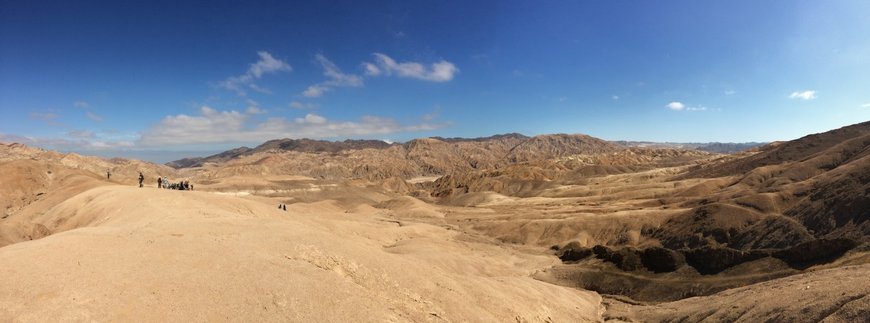Microbiological stabilization of the Earth's surface across a climate gradient
Funding: German Research Foundation DFG
Status: current
Cooperations:
Prof. Dr. Thomas Scholten, University of Tübingen
Dr. Peter Kühn, University of Tübingen
Dr. Carsten W. Mueller, Technical University of Munich
Dr. Rómulo Oses Pedraza, Center of Advanced Studies in Arid Zones (CEAZA) & CRIDESAT - University of Atacama
Dr. Oscar Seguel, Department of Engineering and Soil Science, Faculty of Agronomy, University of Chile, Santiago, Chile
Most of Earth is covered by soils and sediments. In this upper layer processes of decomposition of organic matter and structure formation are mediated by microorganisms. In this context the question arises how and to which extend microorganisms control the stabilization and formation of Earth’s surface.
We hypothesize that the mechanisms of stabilization by microorganisms occur under all climate conditions but with varying intensity and different microbiological community structure in the presence of different types of vegetation providing energy to the microorganisms. Further, we assume that initial pedogenesis following soil erosion, i.e. structure formation differs in intensity and microbial community structure between erosional and depositional sites and that related process intensities are controlled by climate.
To address these questions, we conduct research in three primary study areas along a climate gradient from north to south in Chile. In each area, typical topographic positions, such as (i) geomorphodynamic stable reference site on hill top with no erosion or deposition, (ii) eroded site at the upper slopes, and (iii) depositional site at toe slopes, will be used for an in-field rainfall simulation experiment and a laboratory soil structure simulation experiment.
We use rainfall simulation under natural conditions to analyze the erosion resistance of the land surface as a self-regulatory process after hundreds to thousands of years of soil formation under equilibrium conditions. The soil structure simulation experiment applies wet/dry cycles to samples from all climate regions and topographic positions to highlight soil structure formation with and without microorganism as a crucial part of surface stabilization processes. Both experiments are designed to better understand i) how microbiological processes control soil structure formation and stabilize Earth’s surface, ii) how microbial-mediated soil structure formation is influenced by redistribution of solid material and iii) how microbial communities react to changes in soil erosion under different climate conditions.
High resolution imaging techniques such as epifluorescence microscopy, SEM-EDX, confocal laser scanning microscopy and NanoSIMS can help to understand better the interrelationship of microorganisms and soil structure formation. These cutting-edge technologies, combined with integrated stable isotope techniques (e.g stable isotope probing, SIP) and state-of-the-art molecular ecological, soil chemical analyses as well as modern techniques of soil erosion research, will serve to identify and understand microbial-mediated key processes of land surface stabilization.



